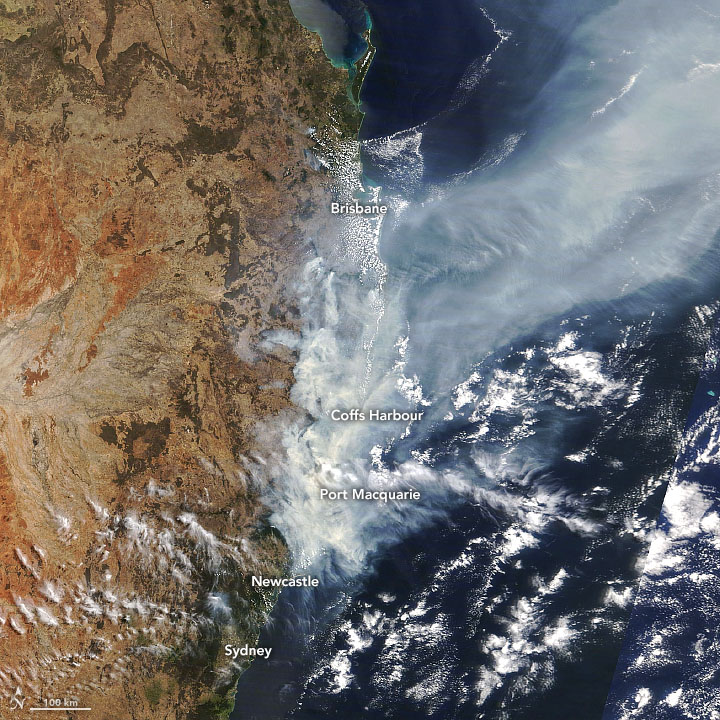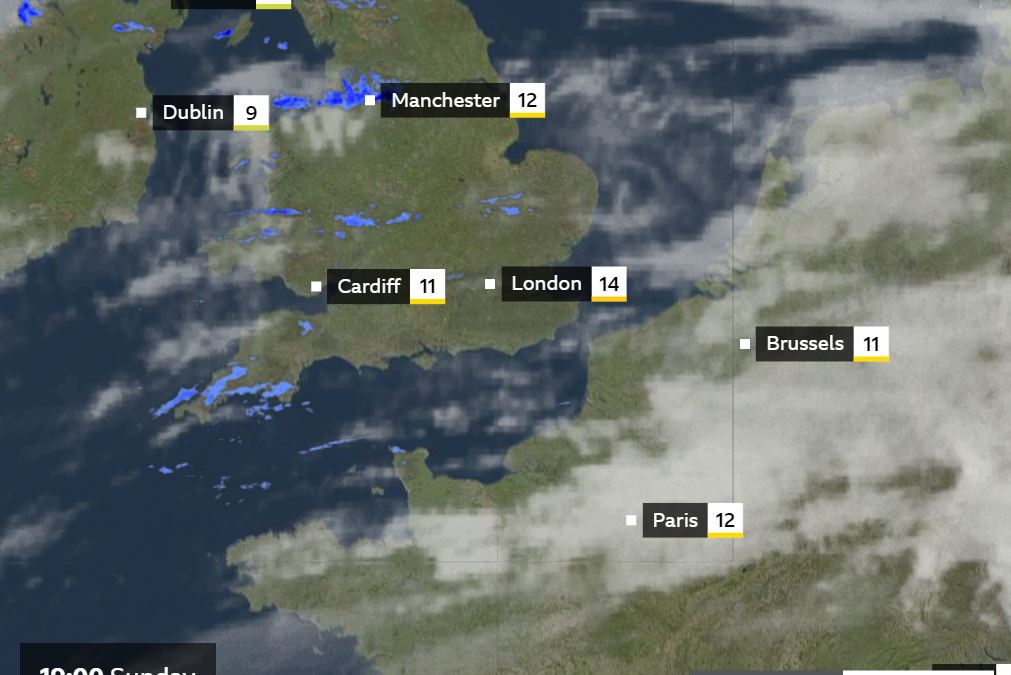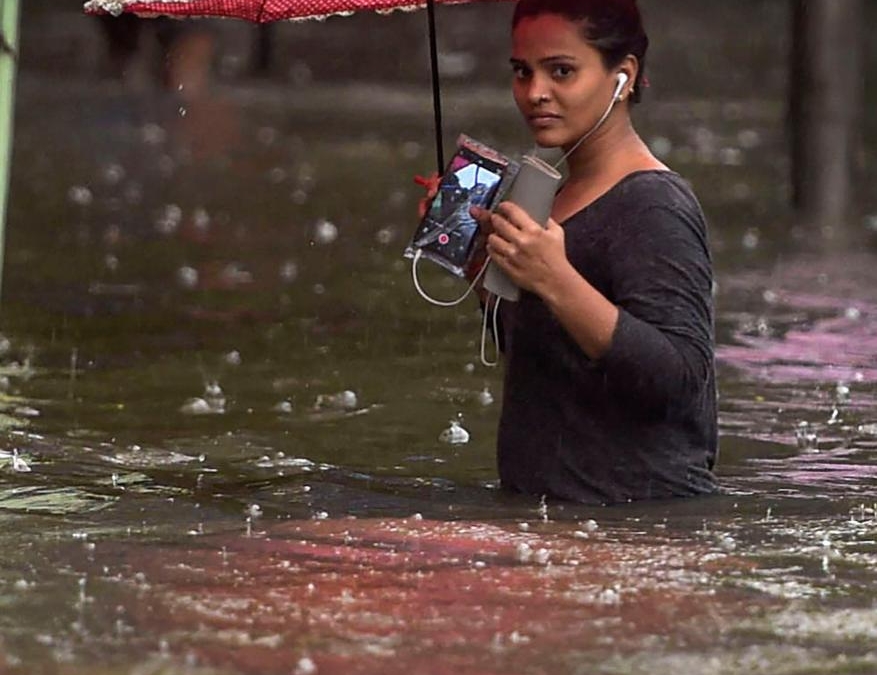As deadly Australia bushfires rage, Sydney may be running out water

By Jessie Yeung
15 November 2019
(CNN) – Australia is reeling from deadly bushfires and the worst drought in decades — but fears are now growing that things could get worse, as a water shortage in the country’s biggest city begins to bite.
Four people have died in this year’s blazes, which have been exacerbated by hot, dry weather. And now the city of Sydney — home to more than 5 million people — faces a warning that dams could run dry by 2022, according to CNN affiliate 7News.
Since June, the greater Sydney area in New South Wales state has been under level 1 water restrictions, which limit water usage in filling pools or running hoses unattended. It is the first time the restrictions have been implemented since 2003, during a drought that lasted until 2009.
If dam levels drop just a few percentage points in greater Sydney, residents could face even harsher water restrictions.

Dams in greater Sydney are currently at 46.6% capacity. According to the NSW water authority, they are on track to hit 40% — which means level 2 water restrictions would be imposed by next February or March.
Melinda Pavey, the state’s water minister, told 7News she didn’t want to “scare people unnecessarily,” but said the government was considering level 2 restrictions.
Level 2 restrictions would further limit the use of water in daily operations — for example, only allowing watering gardens a few days a week instead of every day.

“With the current rate of depletion we could be in a tricky situation in a couple of years,” she said, adding that this was the worst drought in NSW on record.
Meanwhile, more than 1,300 firefighters continue to battle the flames that have ravaged the states of Queensland and NSW this past month. The blazes have already destroyed three times more land in New South Wales, which is home to nearly 8 million people, than during the entire fire season last year — even before summer truly begins. […]
The drought and the fires are the most urgent symptoms of Australia’s climate crisis. Disasters like the fires and floods have devastated the livelihoods of farmers and wrought millions of dollars’ worth of damage. The country is getting hotter and drier, and the rains have stopped coming — this time last year, the dams were around 64.4% full. [more]
As deadly Australia bushfires rage, Sydney may be running out water


